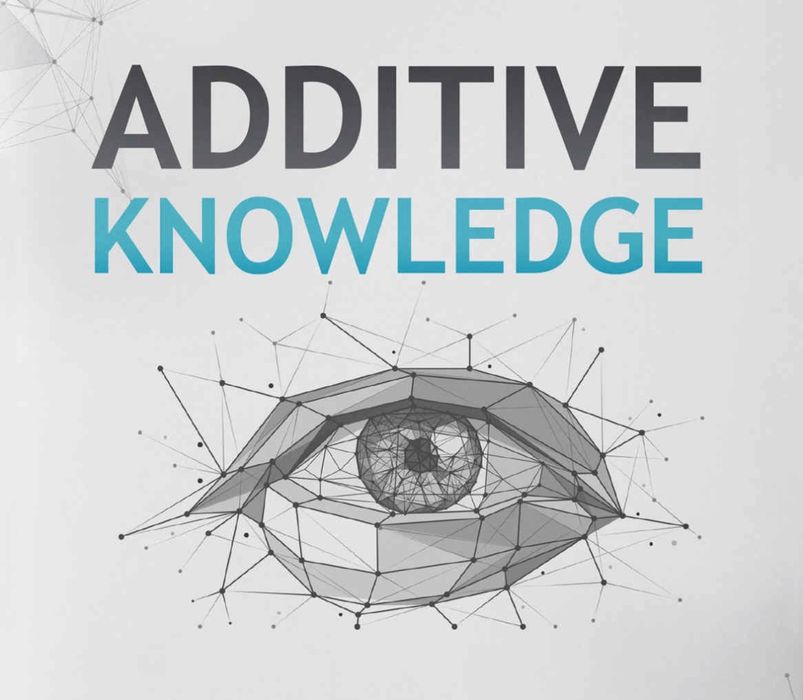
This week’s selection is “Additive Knowledge: Everything you need to know about 3D Printing, 3D Scanning and 3D Modeling” by Adam Řehák.
This book is one that introduces the topics we discuss on Fabbaloo: 3D scanning, CAD design and, of course, 3D printing. It’s not the only book of this type, but it is unique in a couple of interesting ways.
First, the author, Adam Řehák, is a highly experienced 3D print operator, having worked as a additive application engineer using HP MJF equipment, designing and building parts for major industries. His scope included a wide variety of both hardware and software related to the industry. This is quite a bit different from many of the typical introductory 3D print books that were written by those with desktop experience only (and sometimes not even that…)
Secondly, the book is quite comprehensive. It’s an amazing 485 pages, which is about 8X the typical length of many self-published introductory 3D printing books one might find online.
Řehák covers all the bases, introducing the technology from scratch, but in a way that most people can easily understand. The material covers terminology and workflow first, which is critical to understanding how it all fits together.
Only then does Řehák delve into specific 3D printing technologies, which includes all the common variations of SLA, Photopolymer jetting, FFF, continuous carbon fiber, PBF-style metal printing, MJF, binder jetting, Wax printing, Hybrid equipment and more.
Importantly, Řehák dedicates an entire chapter to the topic of choosing the right technology for a given job. This is often misunderstood by those new to 3D printing: printers don’t do everything; each type has its advantages and disadvantages and it is so important to choose wisely.
Where most books call it a day at that point, Řehák continues with a detailed exploration of 3D print costing, which is a highly complex and largely misunderstood. Řehák does a good job of showing the ins and outs of costing.
The book concludes with a look at CAD systems and file formats, and an entire chapter on the various forms of 3D scanning and how they relate to 3D printing.
This is an impressive book that would be of benefit not only to those new to 3D printing, but also those who have some experience, as it explores areas readers may not have yet seen.
We’re an Amazon Associate and earn a small fee from qualifying purchases. Help support our 3D print news service by checking out this book!
Via Amazon
